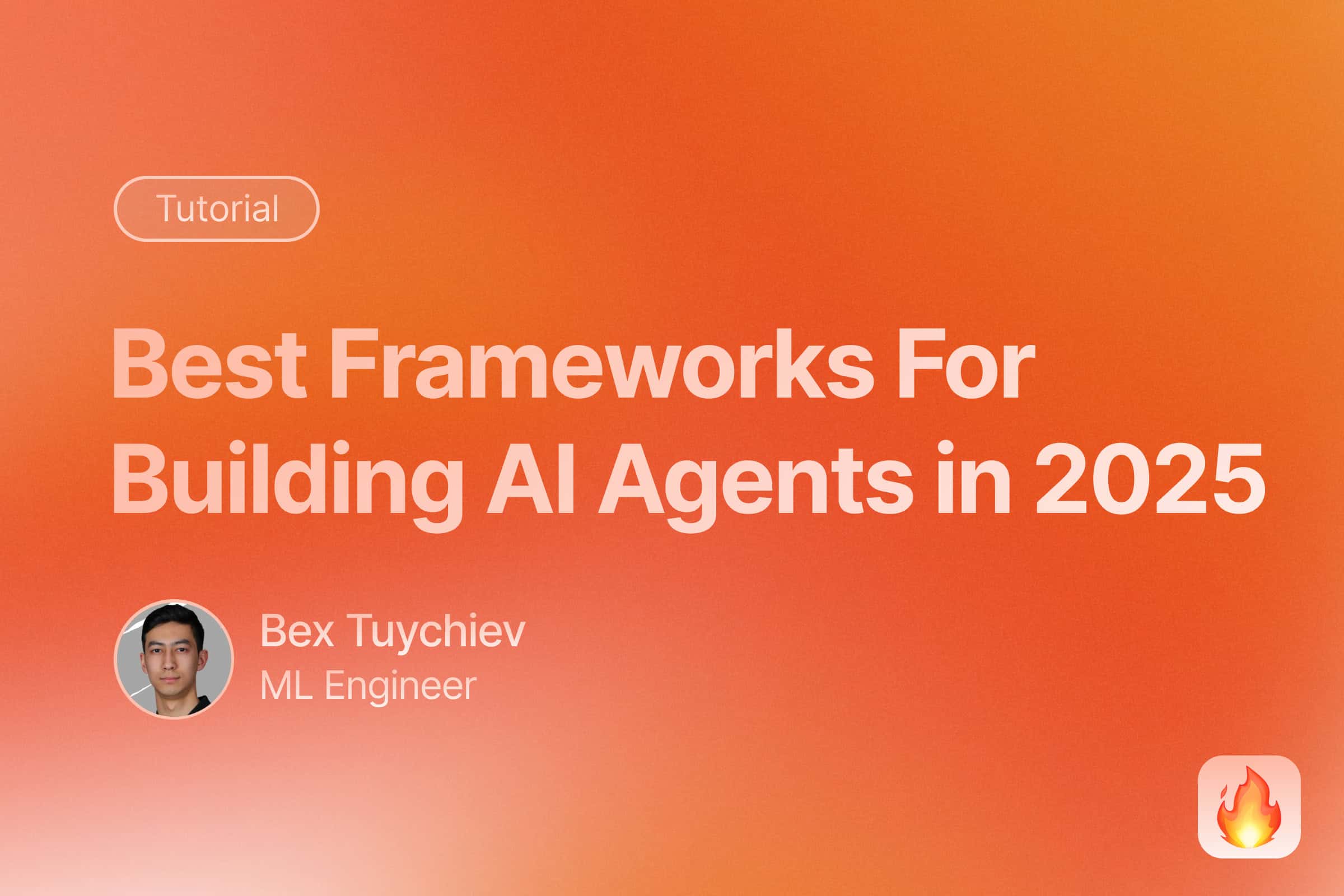
Google has launched a preview of the Live API for the Gemini model, aiming to help developers build applications and intelligent agents with low latency and real-time interaction capabilities. This API is capable of processing streaming audio, video, and text with low latency, making it suitable for scenarios such as customer support, educational platforms, and real-time monitoring. The new version enhances session management and reliability, including features like longer session times, session resumption, and graceful disconnect notifications. At the same time, the API also provides more flexible interaction control methods, such as configurable voice activity detection and interruption handling. Furthermore, the new version supports richer output and features, including expanded voice and language options, text streaming, and token usage reporting. The article also showcases use cases of building real-time applications using the Live API, such as Daily.co creating the voice guessing game Word Wrangler through the Pipecat SDK, LiveKit building an AI collaborative Browse assistant through LiveKit Agents, and Bubba.ai providing a multi-language hands-free AI assistant for truck drivers.


